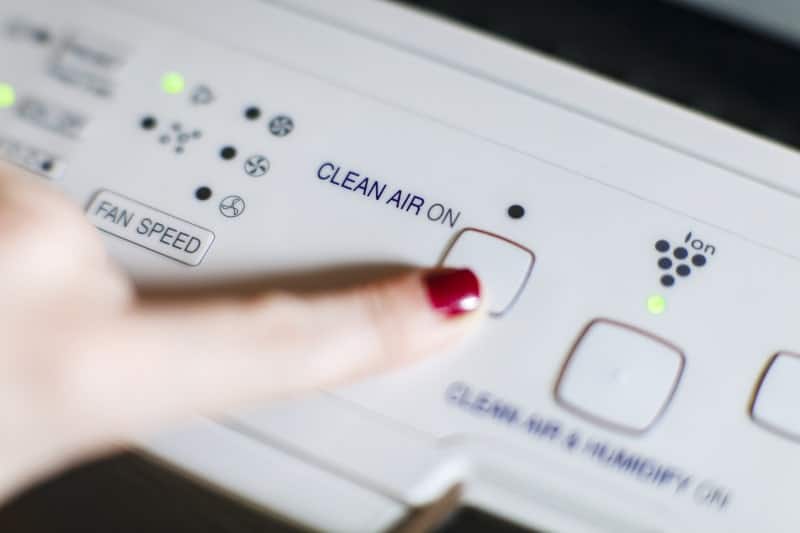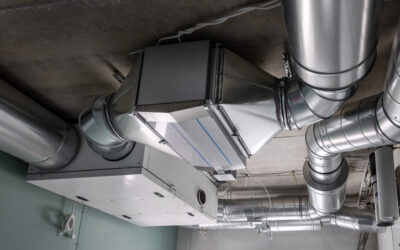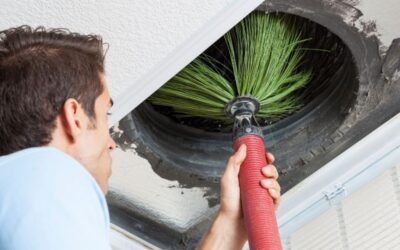Your home’s air quality will always have an impact on your family’s health and day-to-day comfort. Dealing with excessive indoor pollutants, like volatile organic compounds and harmful gases, can pose serious short- and long-term health concerns. Here are a few of the most common sources of indoor air pollution in your home in Navarre, FL.
1. Carbon Monoxide
Carbon monoxide is a colorless and odorless gas that can leak out of residential combustion systems. Its impact on your family’s safety can vary widely depending on your loved ones’ ages and health. Exposure to low or medium concentrations often results in chest tightness or pain, fatigue, and impaired vision.
At higher levels, you may experience headaches, confusion, nausea and dizziness. The longer you’re exposed to carbon monoxide, the more likely you are to deal with fatal side effects. This gas can leak from space heaters, compromised chimneys, gas stoves and faulty gas heating systems.
You can substantially lower your risk of a faulty furnace by scheduling professional preventive maintenance. Annual care allows an expert to spot faulty HVAC components or connections before they begin leaking gas.
2. Volatile Organic Compounds (VOCs)
Volatile organic compounds are gaseous chemicals emitted from various household products. VOC concentrations can be up to 10 times higher in indoor environments compared to outside. The common sources of VOCs include wood preservatives, air fresheners, paints, pesticides and disinfectants.
Exposure to harmful VOCs may cause nose or eye irritation, headaches, or a loss of coordination. Some of your family members may struggle with skin reactions or dizziness.
You can reduce the VOCs in your home by opting for air quality solutions like better ventilation. You should also take special precautions after remodeling or home improvement projects when VOC levels are dangerously high. Always allow plenty of fresh air inside when using chemical cleaners and aerosols.
3. Asbestos
Asbestos is a type of mineral fiber that naturally occurs in soil and rocks. Due to its superior heat resistance, it quickly became popular as a building material. Asbestos used to be prevalent in roof shingles, wall insulation, and ceiling and floor tiles.
Asbestos isn’t a popular choice in residential buildings anymore due to its many health concerns. Exposure to this mineral can result in long-term conditions like cancer and mesothelioma.
Fortunately, intact asbestos doesn’t release many fibers and presents minimal risk to your family. However, an experienced professional may need to replace compromised portions.
4. Lead
Lead is a dangerous pollutant that’s particularly hazardous to children. A child’s brain and nervous system are more susceptible to long-term damage from lead exposure. In the United States, one of the most significant sources of this pollutant is lead-based paint.
Before the harmful effects of lead became well-known, it was present in water pipes, gasoline, paint and more. Today, your family could risk interacting with this toxic metal by drinking contaminated water or inhaling lead dust. Symptoms of lead exposure can include high irritability, impaired speech, general fatigue and headaches.
5. Radon
Radon is a naturally occurring radioactive gas found in air, soil and water. Like carbon monoxide, it’s odorless, colorless and tasteless. The main way that radon enters your home is by seeping up from the soil into your basement.
Radon can also infiltrate your indoor air via your natural gas systems. This can include your water heater, stove, fireplace or furnace.
After tobacco smoke, radon is the second-highest cause of lung cancer in the country. The factors that can affect your risk of developing this disease include the duration of exposure, your age and the source of the radon.
Prioritizing your home’s indoor air quality will greatly benefit your family’s long-term health. Your loved ones will also be able to breathe easier and struggle less with allergies and other respiratory conditions. Call Lunsford Air Conditioning & Heating now to ask about our comprehensive indoor air quality services in Navarre, FL.
Image provided by iStock




